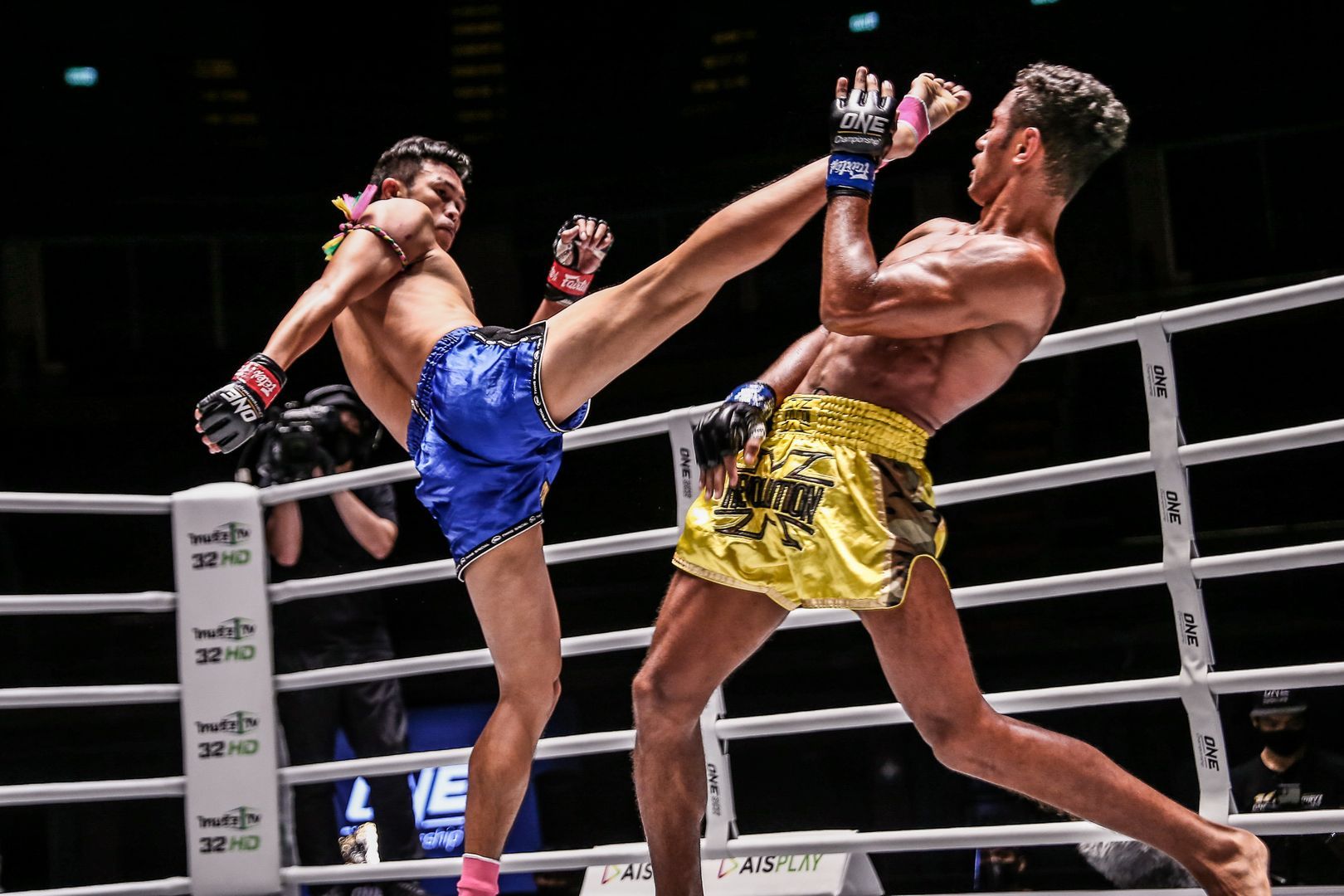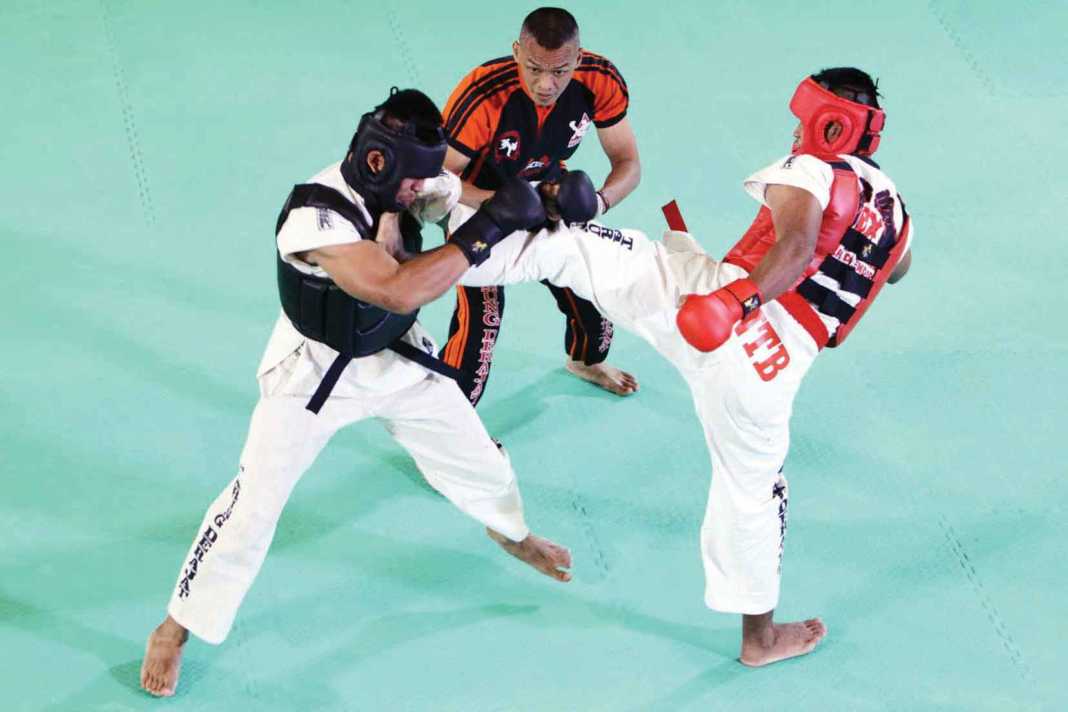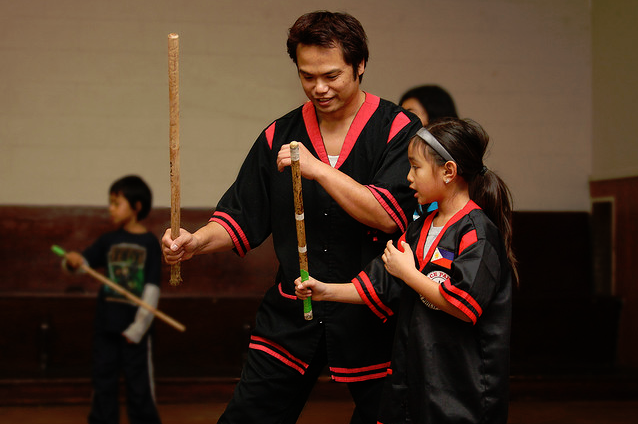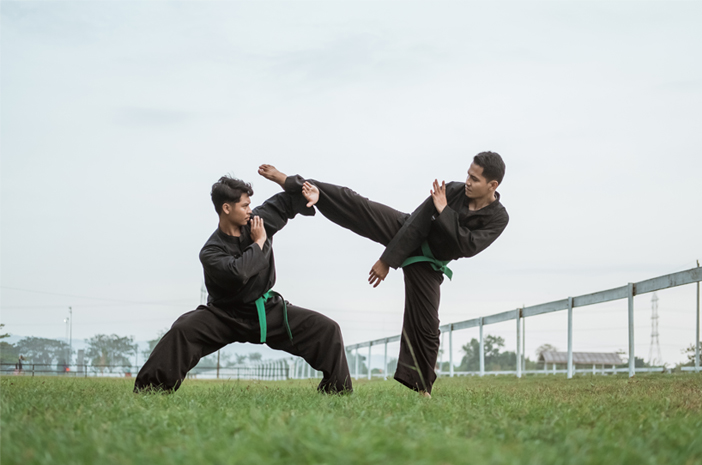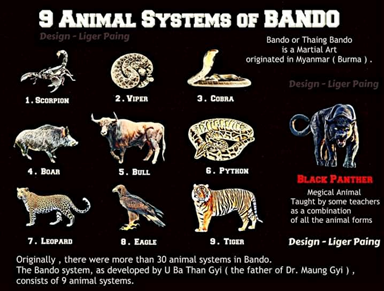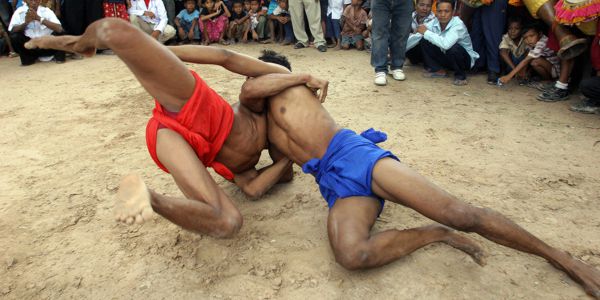Southeast Asia is a region rich in cultural diversity and tradition. One aspect that reflects this richness is the martial arts that were born and developed in the various countries of the region.
Each martial art from Southeast Asia has its own characteristics and has become part of the cultural identity of the local people. Here is a look at some of the martial arts that originated in Southeast Asia.
Muay Thai (Thailand)
Muay Thai, or Thai boxing, is a hardcore martial art from Thailand. As Thailand's national sport, Muay Thai is derived from an ancient martial art known as Muay Boran. Called "the art of the eight limbs," Muay Thai involves the use of hands, feet, elbows, and knees in combat. Techniques include punches, kicks, elbows, and knee strikes, and utilize defense, movement, and strategy in combat.
Tarung Derajat (Indonesia)
Tarung Derajat is an Indonesian full body contact martial art developed by Achmad Dradjat from Bandung. The philosophy of this martial art is "Protect yourself without hurting your opponent", with an emphasis on self-defense techniques that do not hurt others. Besides relying on punches, kicks and locks, Tarung Derajat also includes wrestling and throwing techniques, making it a unique combined martial art.
Kali / Eskrima / Arnis (Philippines)
Kali, a martial art originating in the Philippines, uses weapons such as spears, swords, and machetes as fighting tools. Besides being called Kali, this martial art is also known as Eskrima or Arnis. Kali techniques involve hand-to-hand combat and training at various distances, both close and distant. Speed, accuracy and efficiency of movement characterize Kali. This martial art is not only popular with the general public, but has also been adopted by the military and law enforcement in several countries.
Pencak Silat (Indonesia)
Pencak Silat, a traditional martial art originating in Indonesia, has gained widespread fame in Southeast Asian countries such as Malaysia, Brunei, Singapore, the southern Philippines, and southern Thailand. Pencak Silat is characterized by punching and kicking techniques. Its popularity is not only limited to the regional level, but it has also been officially recognized by UNESCO as an intangible cultural heritage.
Vovinam (Vietnamese)
Vovinam, a martial art originating in Vietnam, was first created by Nguyễn Lộc in 1938. As a modern martial art born out of the colonial period in Vietnam, Vovinam incorporates kung fu styles from China, traditional Vietnamese martial arts knowledge, as well as elements from Japanese and Korean martial arts systems. Vovinam training includes a variety of self-defense techniques such as punches, kicks, locks, and throws, as well as training in close combat and long-range fighting.
Bokator (Cambodia)
Bokator is a traditional Cambodian martial art that is one of the oldest sports in the country. It combines boxing, kicks, locks, throws, and wrestling techniques, and uses weapons such as spears and swords/machete. Known for its philosophy of "beating the lion," Bokator is a close-quarters fighting technique that also involves training in long-range combat. Bokator grew in popularity after being featured in the SEA Games.
Bando (Myanmar)
Bando, a martial art originating in Myanmar, adopts the characteristic movements of various animals such as bulls, monkeys, tigers, cobras, and eagles. Emphasizing defense over offense, bando not only relies on empty-handed techniques, but also often uses tools such as knives, spears, sticks, and swords.
Paradal Serey (Cambodia)
Pradal Serey, also known as Kun Khmer, is a Cambodian martial art that combines stand-up striking and clinch techniques. Known for its powerful elbow strikes, the sport focuses on punches, kicks, elbows, and knees, with the clinch being an important aspect of close combat.
Each Southeast Asian martial art is unique in its techniques, philosophy, and culture. By keeping these traditions alive from generation to generation, Southeast Asian martial arts have become an integral part of the region's cultural identity and history. In addition to being a form of self-defense, Southeast Asian martial arts also teach values such as discipline, patience, and respect for one's opponent, making it more than just a physical exercise, but a holistic approach to developing one's mind and character.



